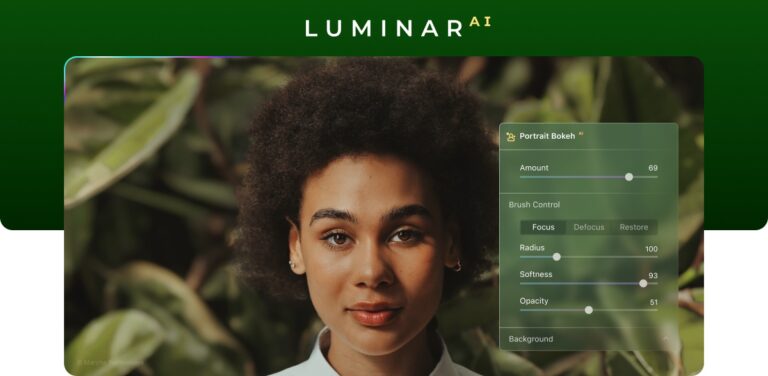

For the brightness, you should use the Smart Tone slider. Thereafter, choose the Favorites category at the top of the Add Filters panel for speedy access to your most-used filters.įor the dark part, you’ll drag Blacks slider down (left) to taste. To make them even easier to find, click on the “star” to the left of the filter name to designate them as “favorites”. Notes: As you get comfortable with Luminar’s filters, you’ll probably find yourself using several of the same ones frequently. You can also just enter the name of a filter in the Search field to find it faster if you know the name of the filter you want. You can select this from the filter list that appears after you click the Add Filter button. The best filter in Luminar to fix this is Tone. There’s also a gap at the bottom (left side) where areas like the eye pupil could be darker. If you look at the histogram, there’s a gap at the top (right side) where the wall could be whiter. This one is a little dark, but at the same time, there’s no true black in the photo. Your first step is to improve the overall tonal balance of your portrait. You can have as many filters as you like on one layer. You’ll get more space and more of the image to work with this way.įor your first layer (as well as with further layers), you’ll need to click the Add Filter button to add controls. As you’ll be using more of a layer based workflow than presets for now, turn off the presets panel by clicking on the second last icon in the upper right of your screen. Follow along with this walkthrough to see how I use Luminar to edit a portrait. While a lot is made of processing landscapes and cityscapes, you find it also happens to be a very capable portrait editor.


 0 kommentar(er)
0 kommentar(er)
